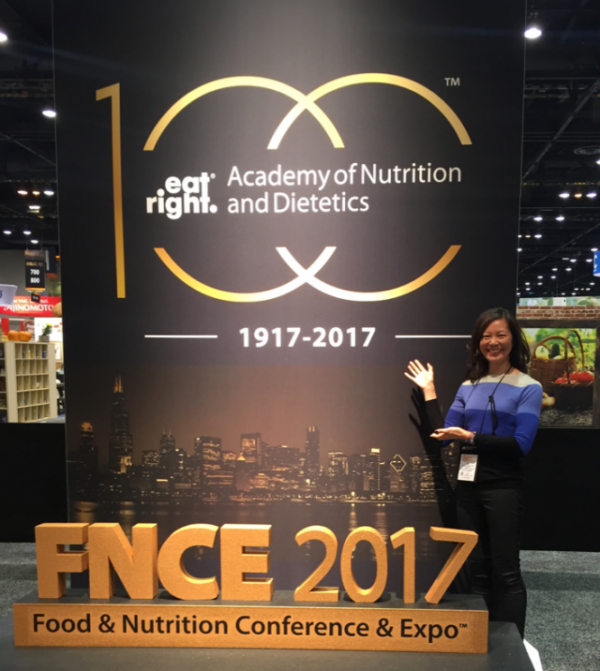
We were thrilled to attend the centennial Food & Nutrition Conference & Expo (FNCE) – the world’s largest annual nutrition meeting hosted in Chicago by the Academy of Nutrition and Dietetics! With over 13,000 attendees, FNCE did not disappoint! The Expo trade show featured hundreds of food and nutrition products. Here are the ones that caught our eye!
PREBIOTICS and PROBIOTICS
Gut health is a growing trend! Prebiotics and probiotics work together to keep the gut healthy. Prebiotics are non-digestible carbohydrates that actually act as food for probiotics. Probiotics are healthy bacteria that live in our colon where they help to maintain a balance between the “good” and “bad” bacteria. From crackers to drinks to powders, these innovative products are designed to keep your gut healthy.
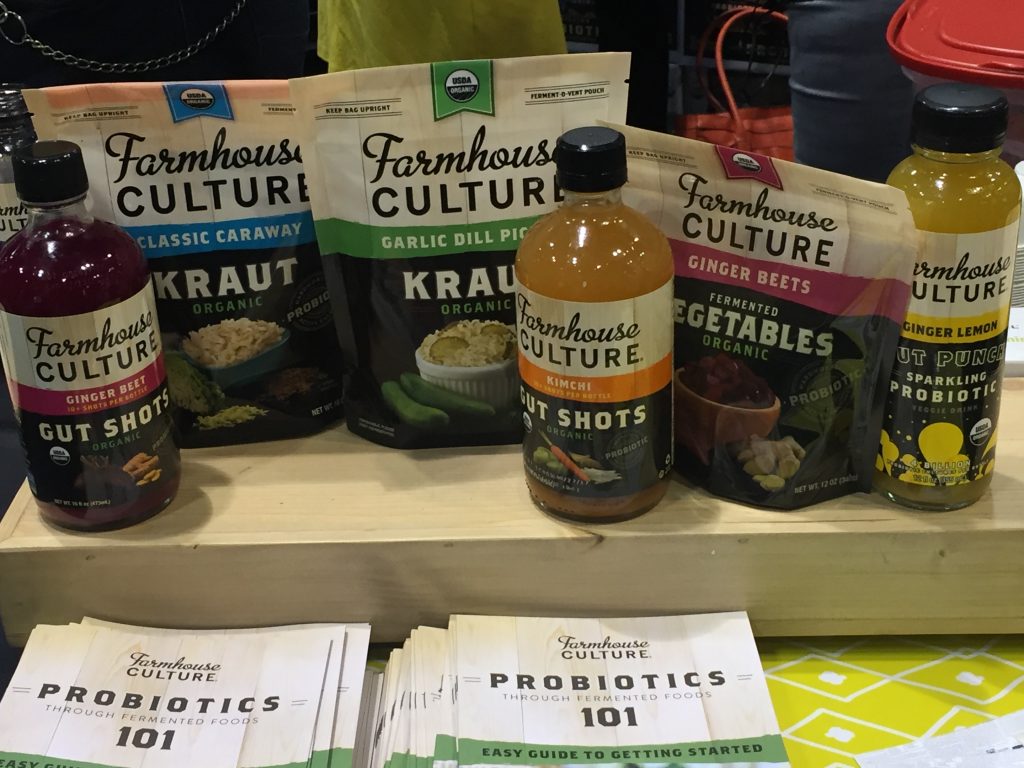
Farmhouse Culture Gut Shots – probiotic beverages and foods made with fermented veggies. Slogan: We’re here to ferment a food revolution!
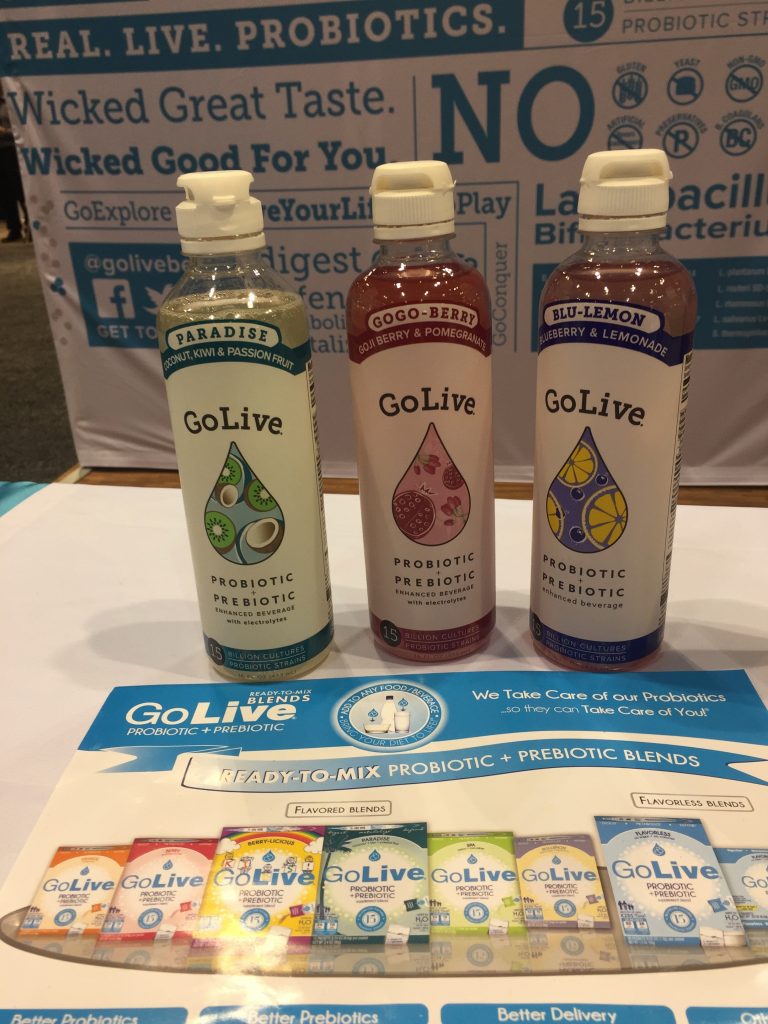
Go Live Probiotic & Prebiotic Beverages – the probiotic is housed in a foil-blister cap which can be added to the beverage when you’re ready to drink. Slogan: Think outside the bottle, look inside the cap!
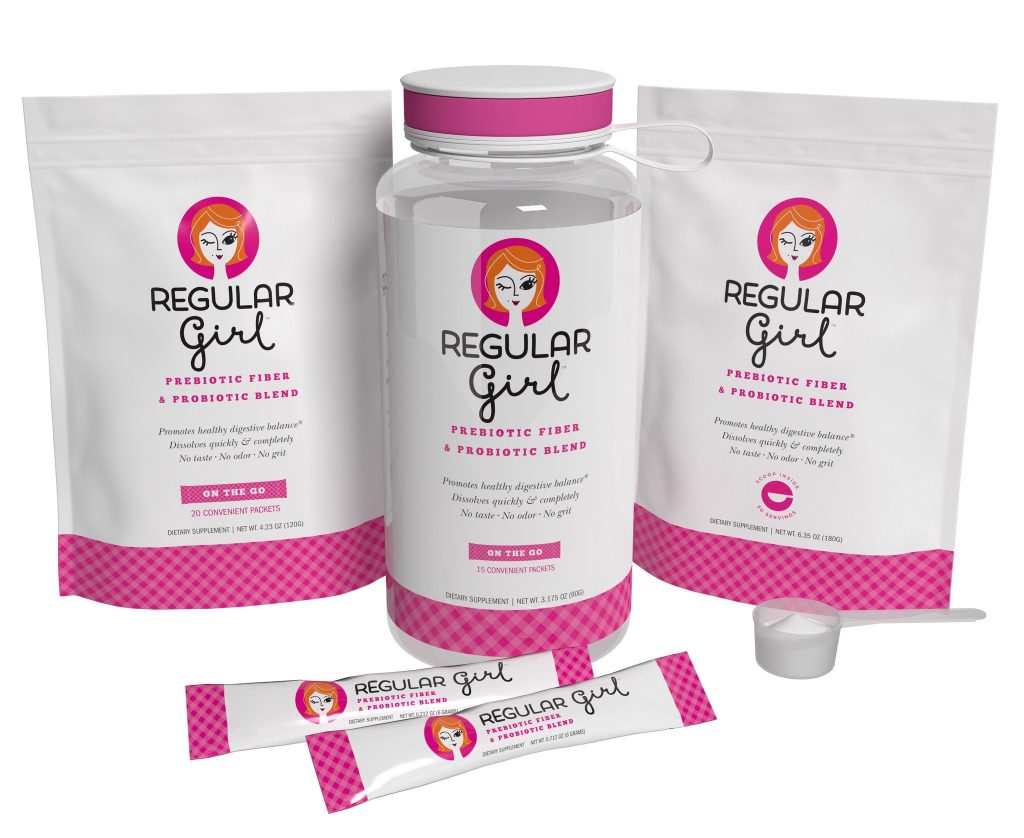
Regular Girl – prebiotic fibre and probiotics for the women whose life is anything but regular. Can be sprinkled on food or in beverages. Slogans: Eat, drink and be regular! You go girl! Déjà poo!
PROTEIN
We’ve been watching the protein trend grow for the past decade now. Featured at the FNCE show were protein packed pancake mixes and protein enhanced beauty products.
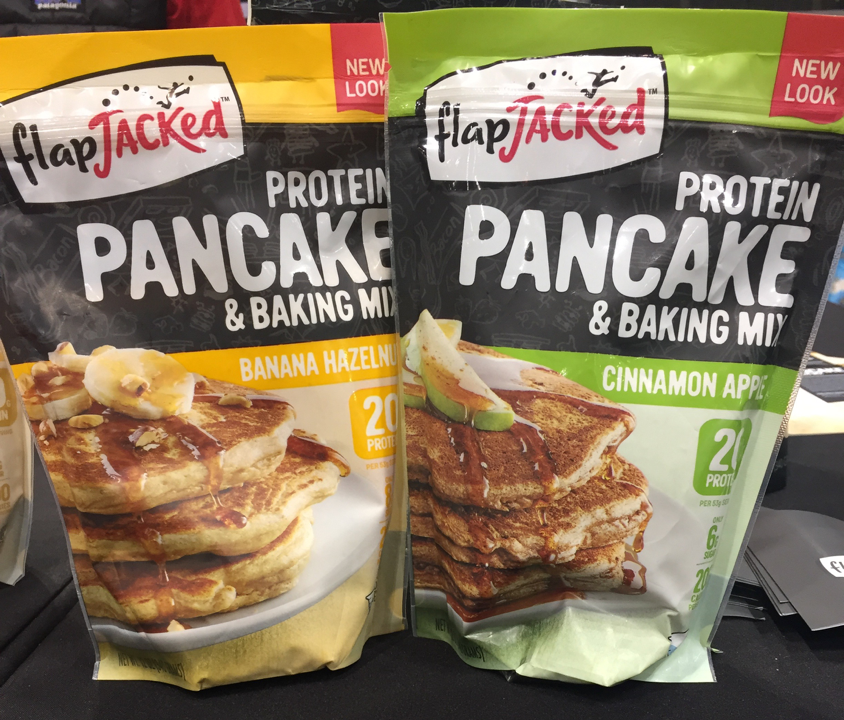
FlapJacked Protein Pancake & Baking Mix – boasting 19 grams of protein per 60 g serving from whey protein isolate and pea protein.
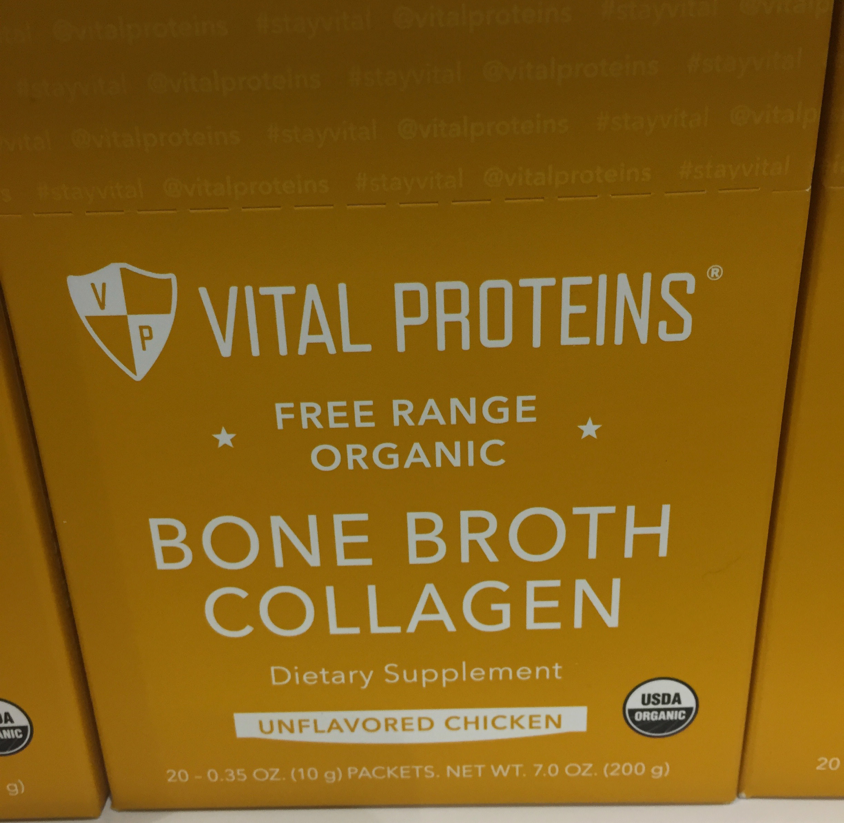
Vital Proteins – from free range bone broth collagen to wild caught marine collagen to collagen beauty water…with the belief that collagen will support bone health, joint health, gut health and a glowing skin, nails and hair.
PLANT-BASED BEVERAGES
Move over soy, almond and rice. Make way for new plant-based beverages made from nuts and pea protein.
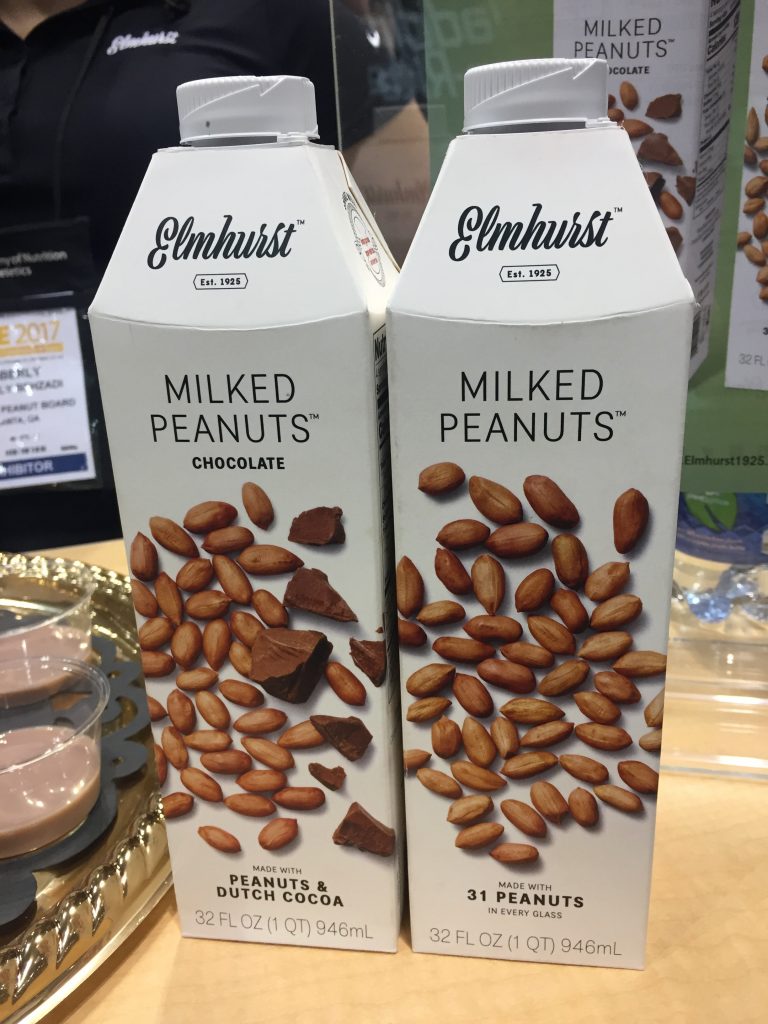
Elmhurst Milked Peanuts – 2 new beverage options: straight up peanuts (made with 31 peanuts) or peanuts plus Dutch cocoa. Contains 8 g of protein per cup however not fortified with either calcium, vitamin D or vitamin B12.
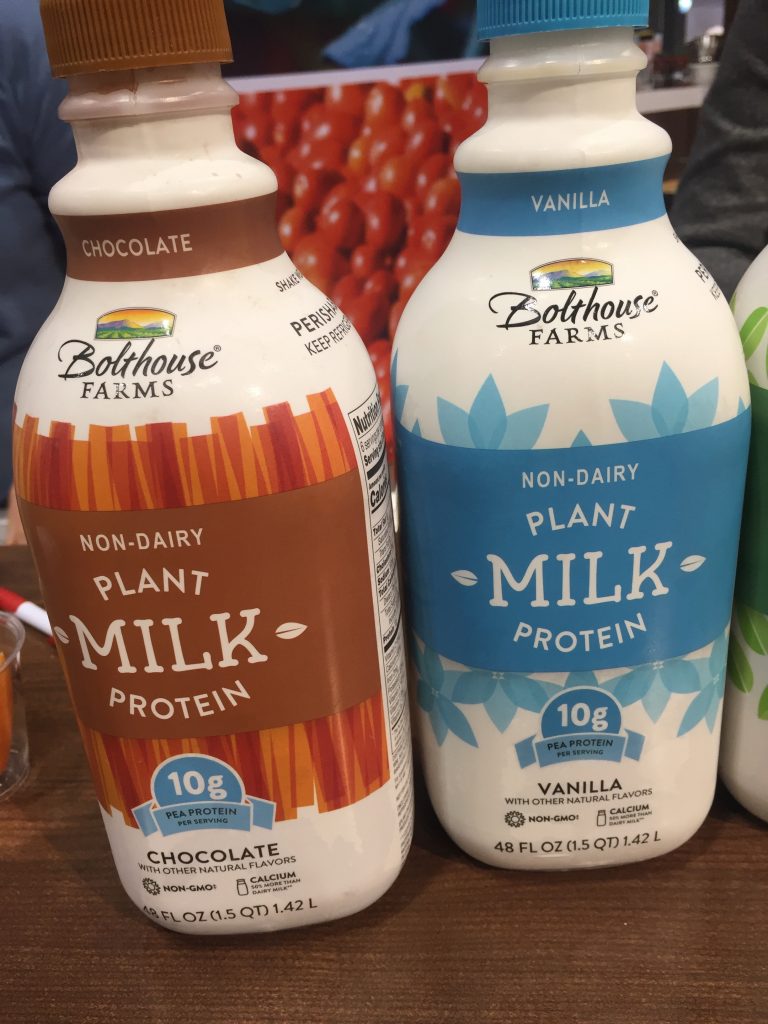
Bolthouse Plant Protein Milk – made with pea protein, contains 10 g protein per cup and fortified with calcium, vitamin D and vitamin B12.
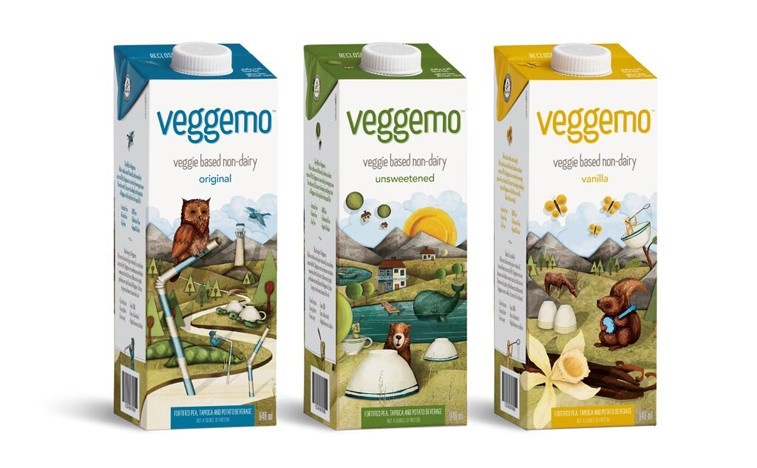
Veggemo – veggie-based non-dairy beverage made from pea protein. Fortified with calcium, vitamin D and vitamin B12, but only 3-4 g protein per cup.

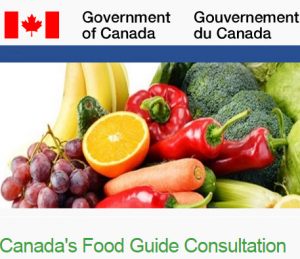 You may have heard the big announcement that Health Canada is revising the Food Guide (CFG) and
You may have heard the big announcement that Health Canada is revising the Food Guide (CFG) and 

